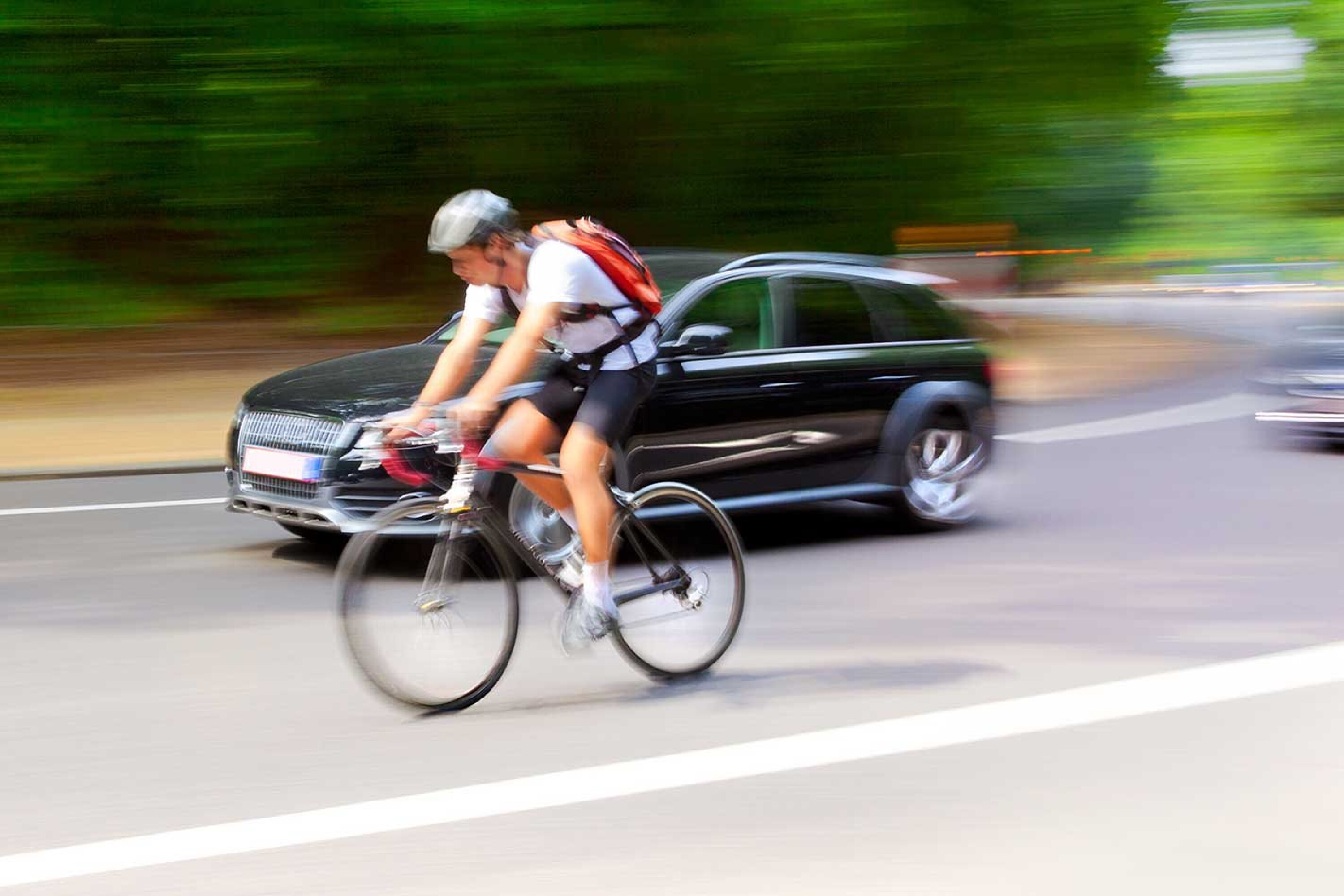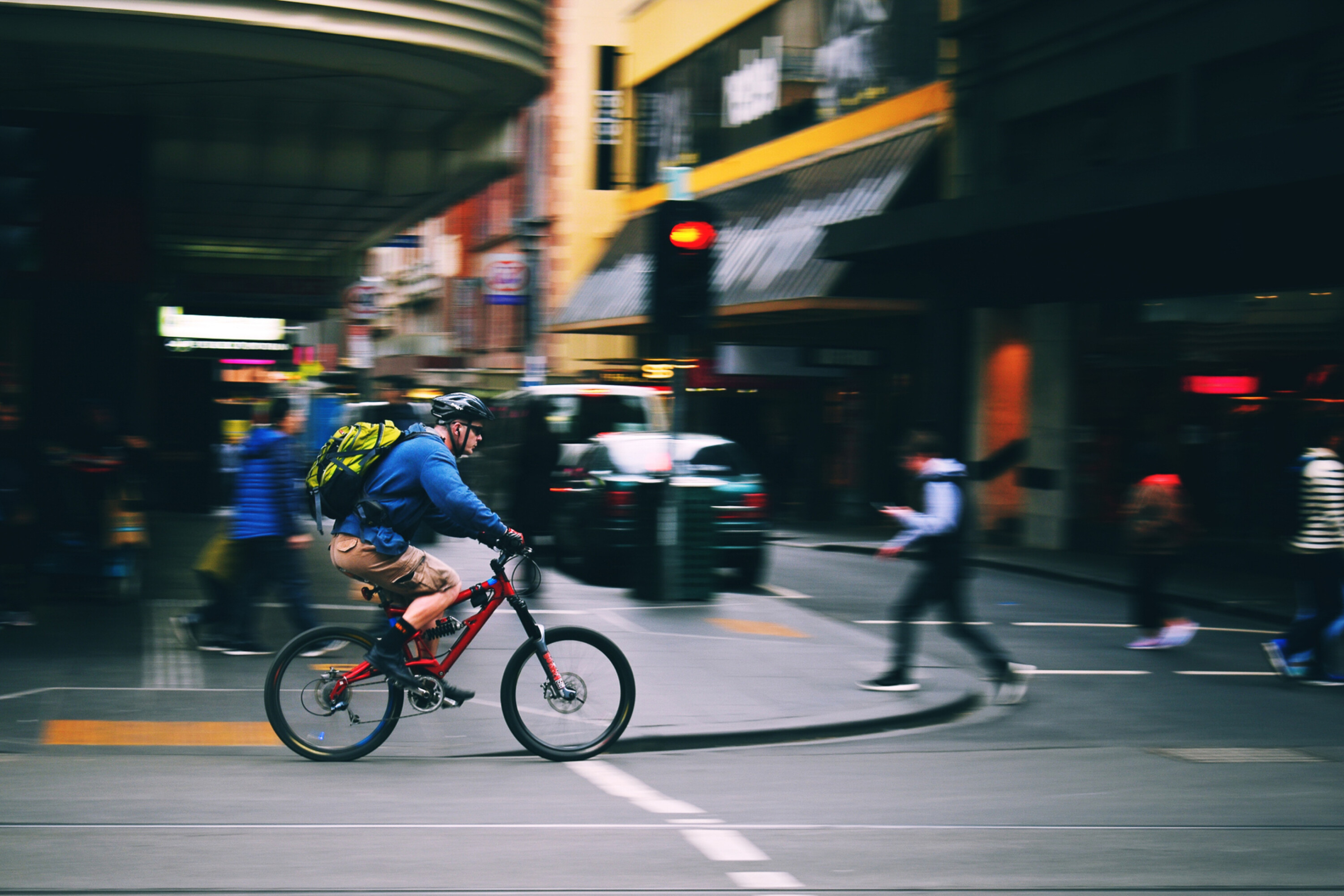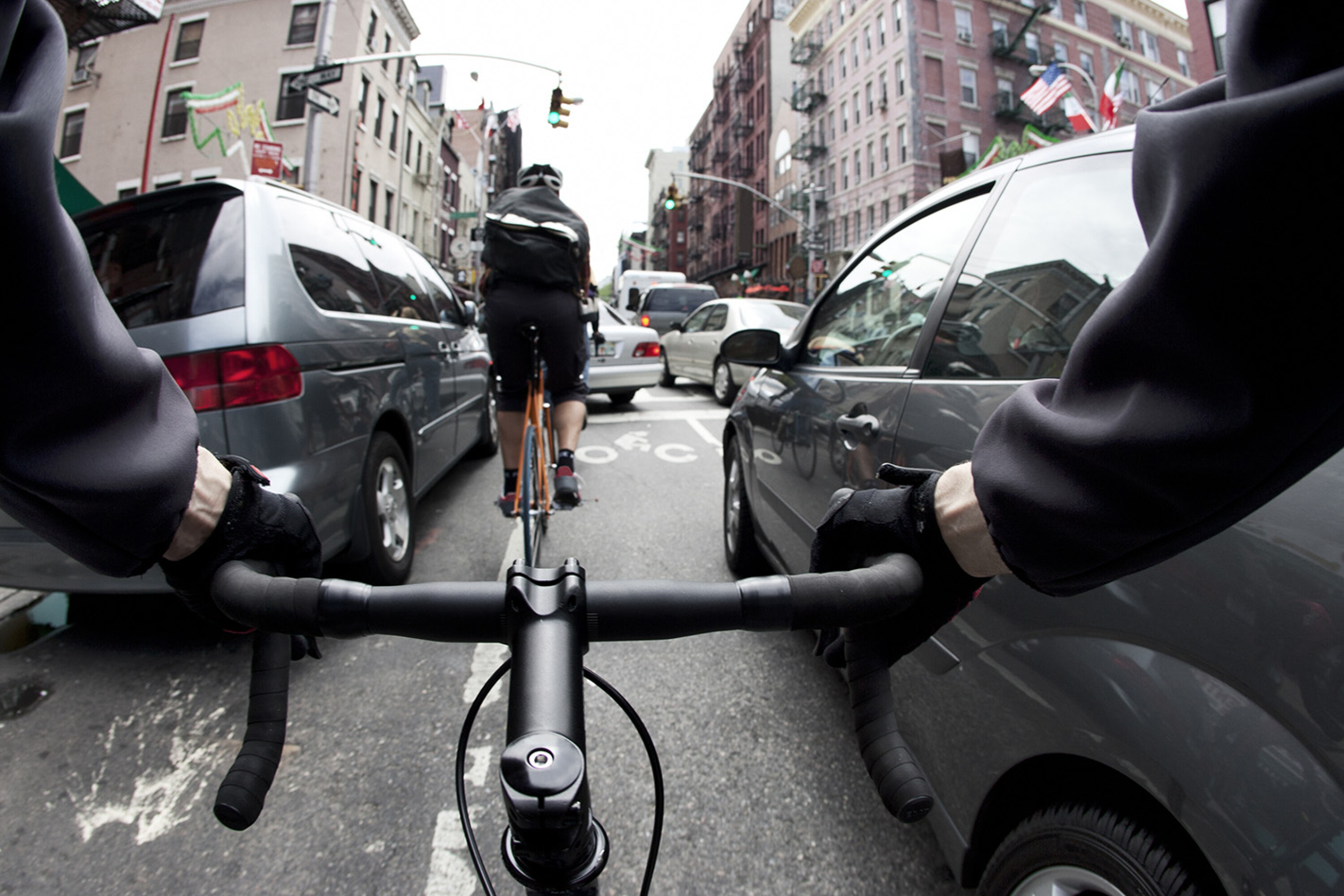
Australia has seen a significant rise in the number of cyclists on the road.
Whether Aussies are jumping on a bike for recreation or as a mode of transport, government authorities continue to invest in infrastructure to keep cyclists safe.
As a result, understanding the rules surrounding bicycle lanes is crucial for both drivers and cyclists to ensure safety and harmony on the roads.
We’ve popped together a guide for the key road rules for drivers in Australia when it comes to bicycle lanes.

What is a bicycle lane?
A bicycle lane is a marked lane with either a bicycle lane sign or road marking of a bicycle symbol and the word ‘lane’ painted in white.
These lanes are specifically designed for the exclusive use of bicycles (and other predominantly pedal-operated two-wheeled vehicles).
A bike path, on the other hand, is a separate trail or pathway only for cyclists and sometimes pedestrians, away from regular traffic.
Think of a bike lane as a special part of the road, while a bike path is its own separate track.

How far can you drive in a bicycle lane?
The law states that motorists are not allowed to drive in a bicycle lane, but there can be exceptions to this, such as the need to turn or overtake.
In most states in Australia you’re allowed to drive up to 50 metres in a bike lane for a limited amount of reasons:
1. Entering or Leaving the Road: A driver is allowed to drive for up to 50 metres in a bicycle lane to enter or leave the road. This includes situations like entering a driveway, a side street, or a parking spot adjacent to the bicycle lane.
2. Avoiding an Obstacle: If there’s an obstacle on the road, drivers can use the bicycle lane to avoid it, but only for up to 50 metres.
3. Setting down or picking up passengers: Drivers can use the bicycle lane for up to 50 metres to pick up or set down passengers if they are in a ride-share vehicle (select states), taxi or bus.
Emergency vehicles are exempt from the above limitations and may use the lanes when necessary.

How much distance do I need to give cyclists?
Across Australia, when overtaking or passing a cyclist you must keep a one-metre distance on roads with speed limits up to 60km/h and at least 1.5m when travelling on a road over 60km/h.
This rule ensures that cyclists have enough space to manoeuvre if they encounter an obstacle or need to avoid a hazard.
Stopping in a Bicycle Lane
You may stop or park in a designated bike lane if driving in it is permitted and there are no signs or road markings indicating otherwise.
If you park in a bicycle lane without signage stating you can, you risk receiving a fine which can range between $155-$352 depending on state.
Ultimately, by being aware of these above rules, drivers can contribute to a safer and more harmonious road environment for all users.




